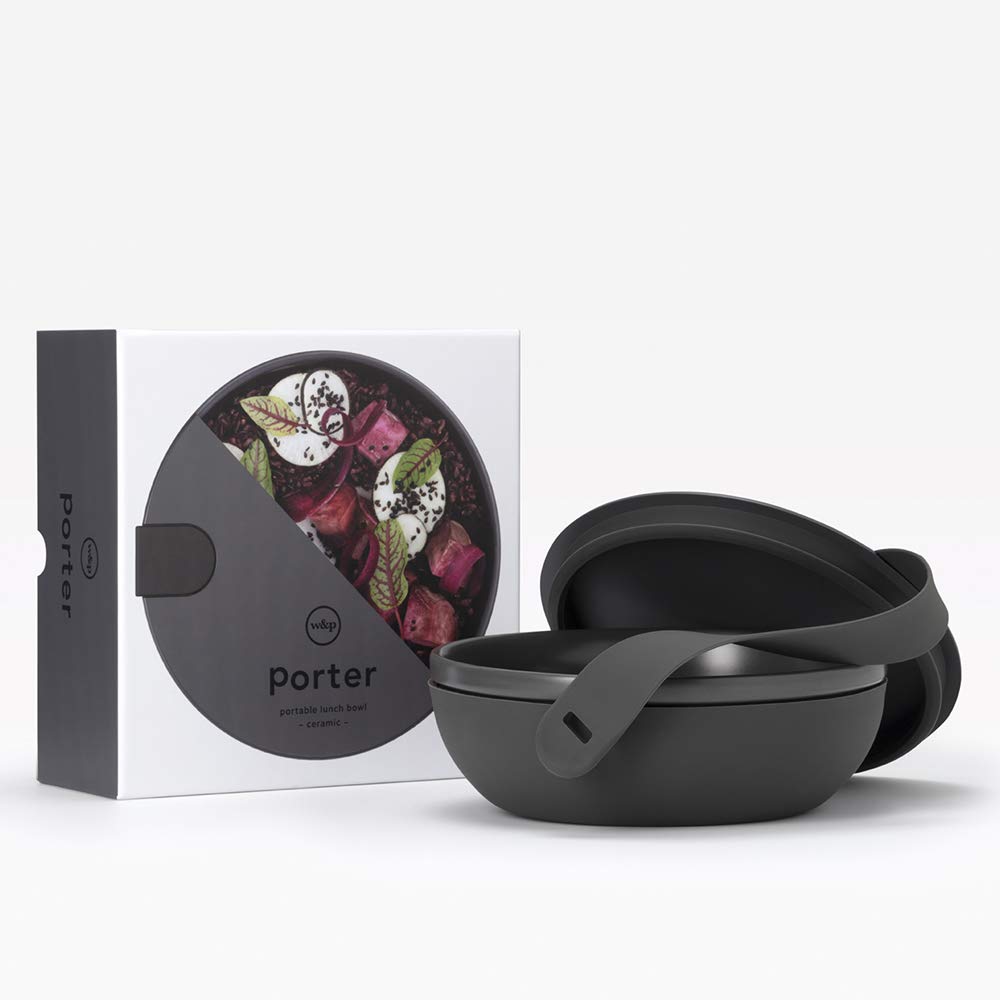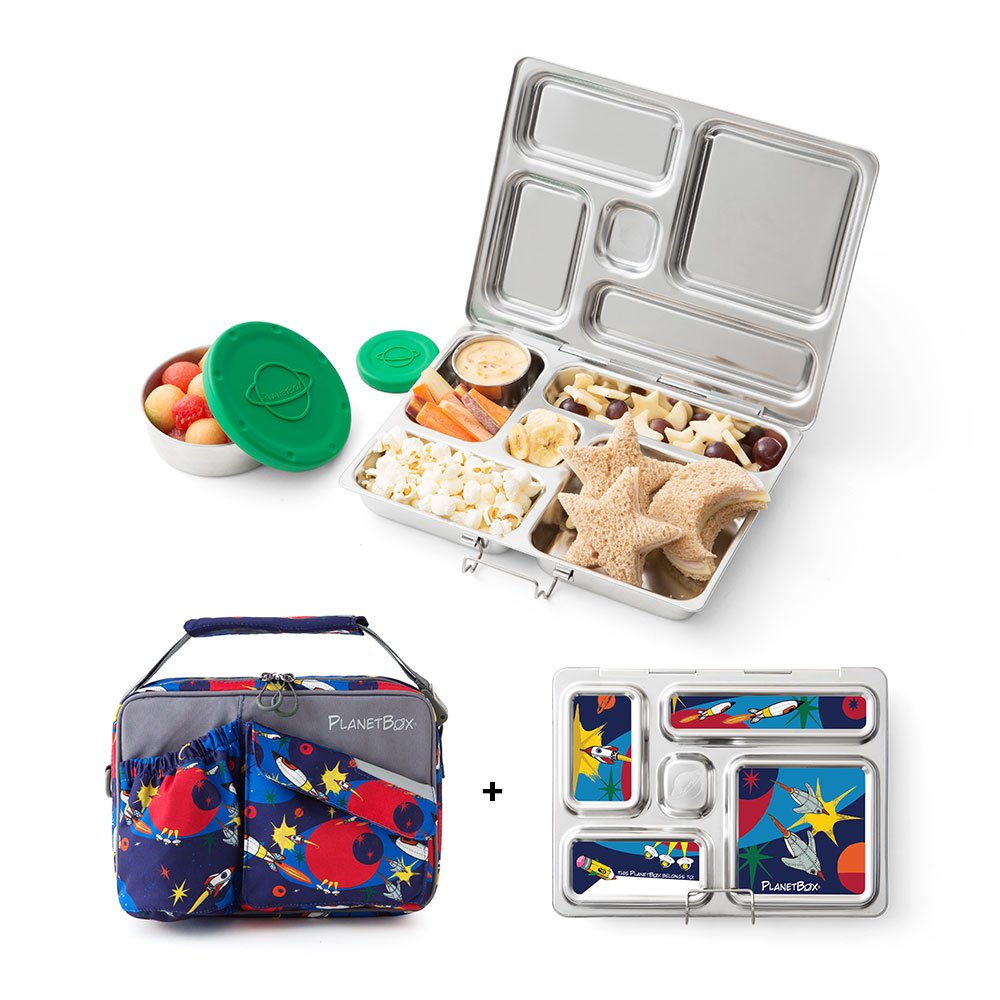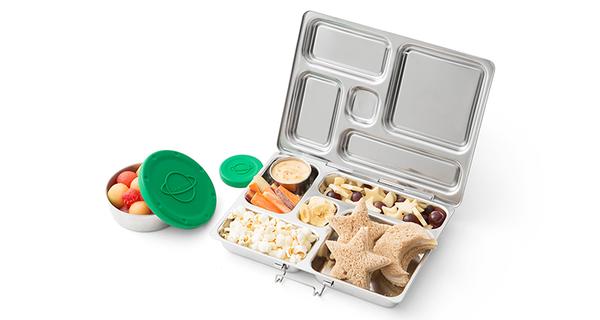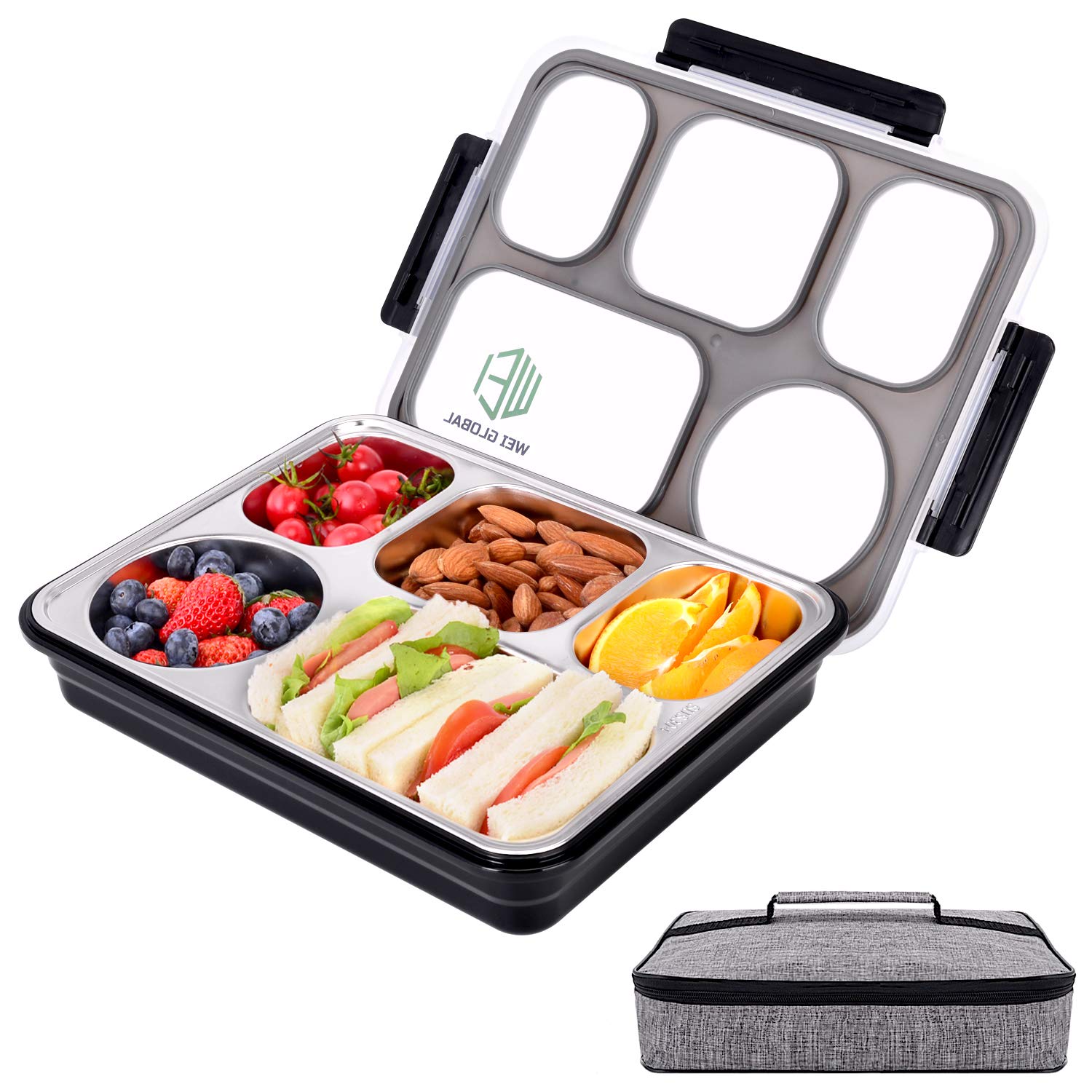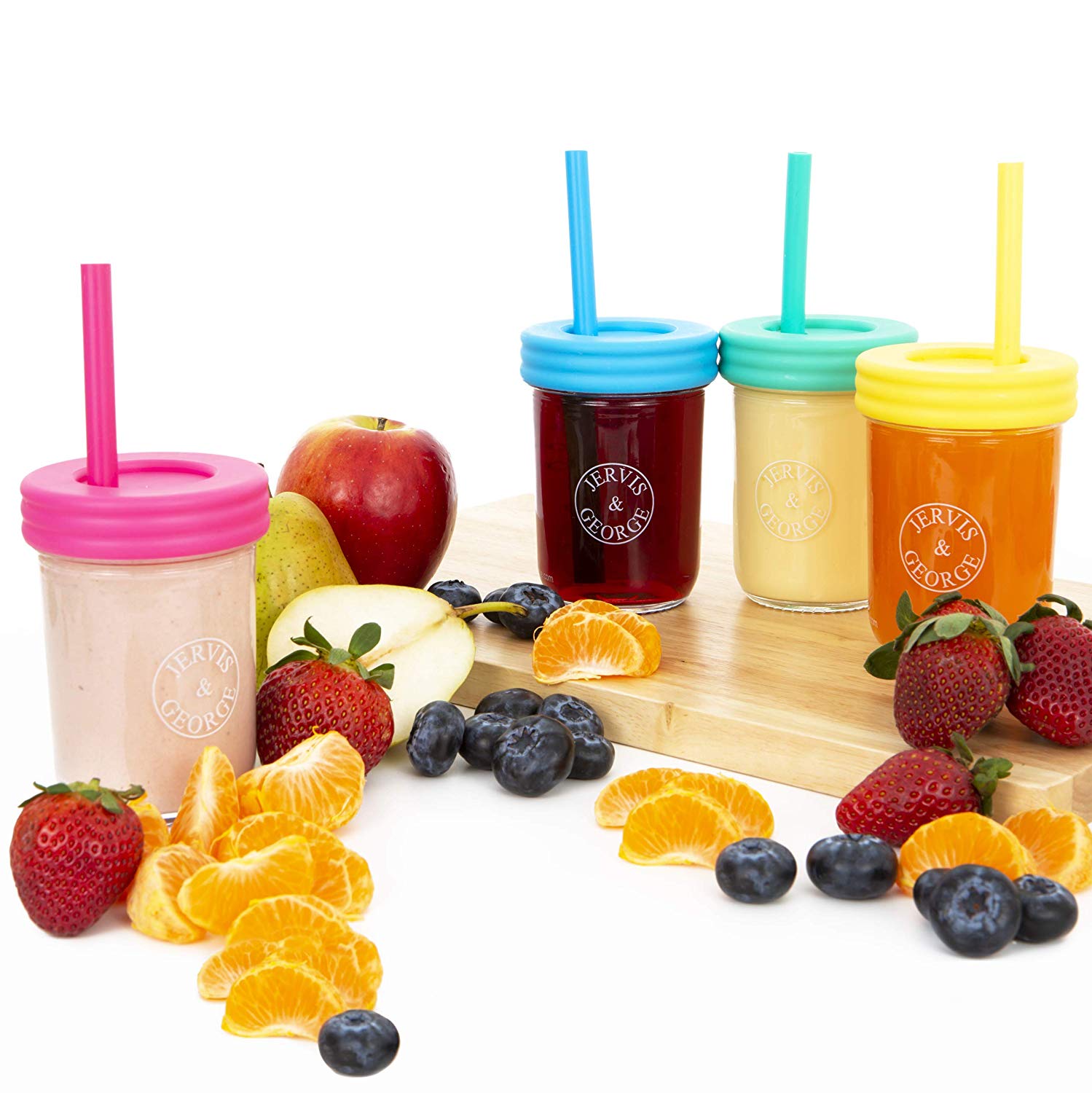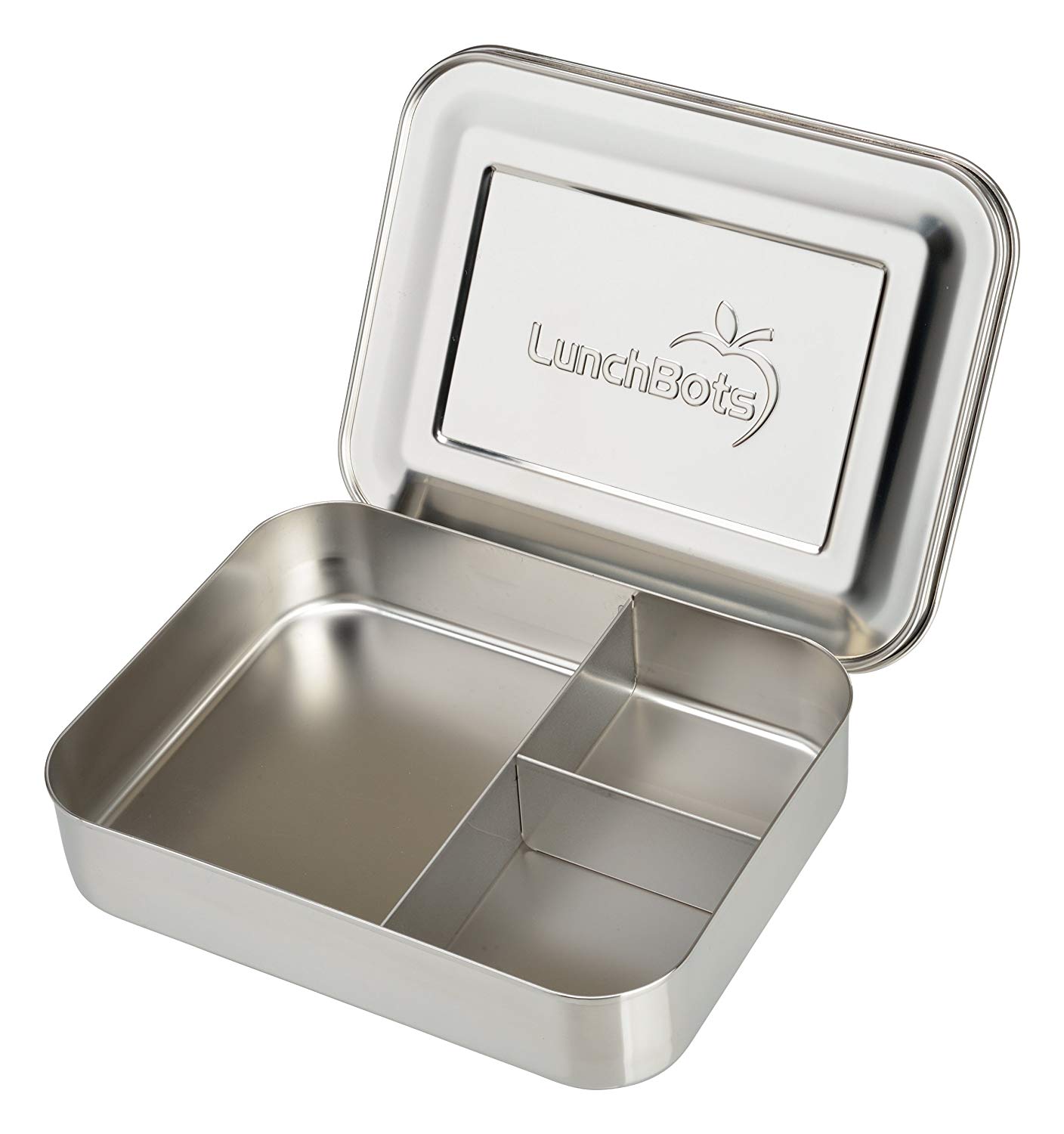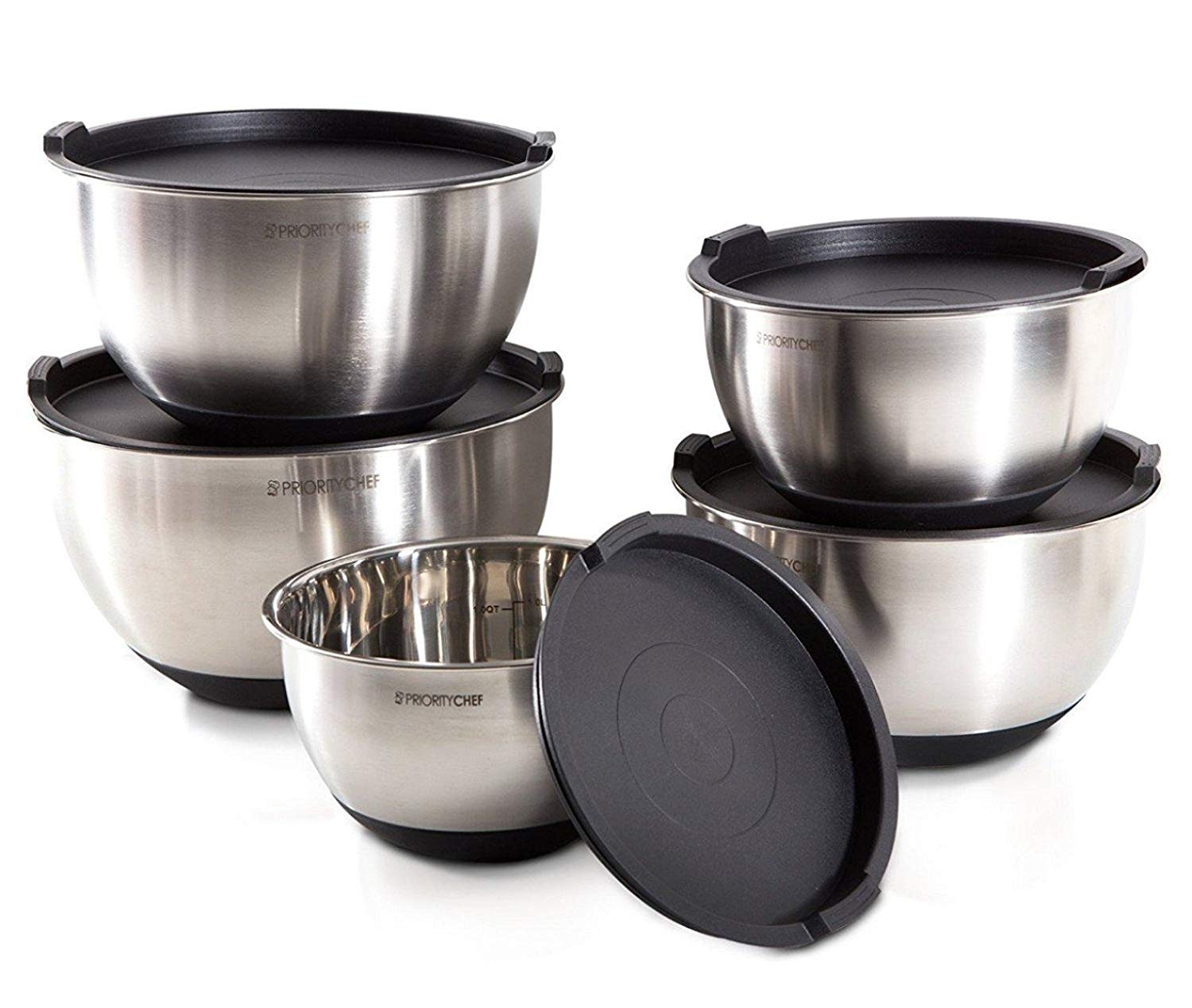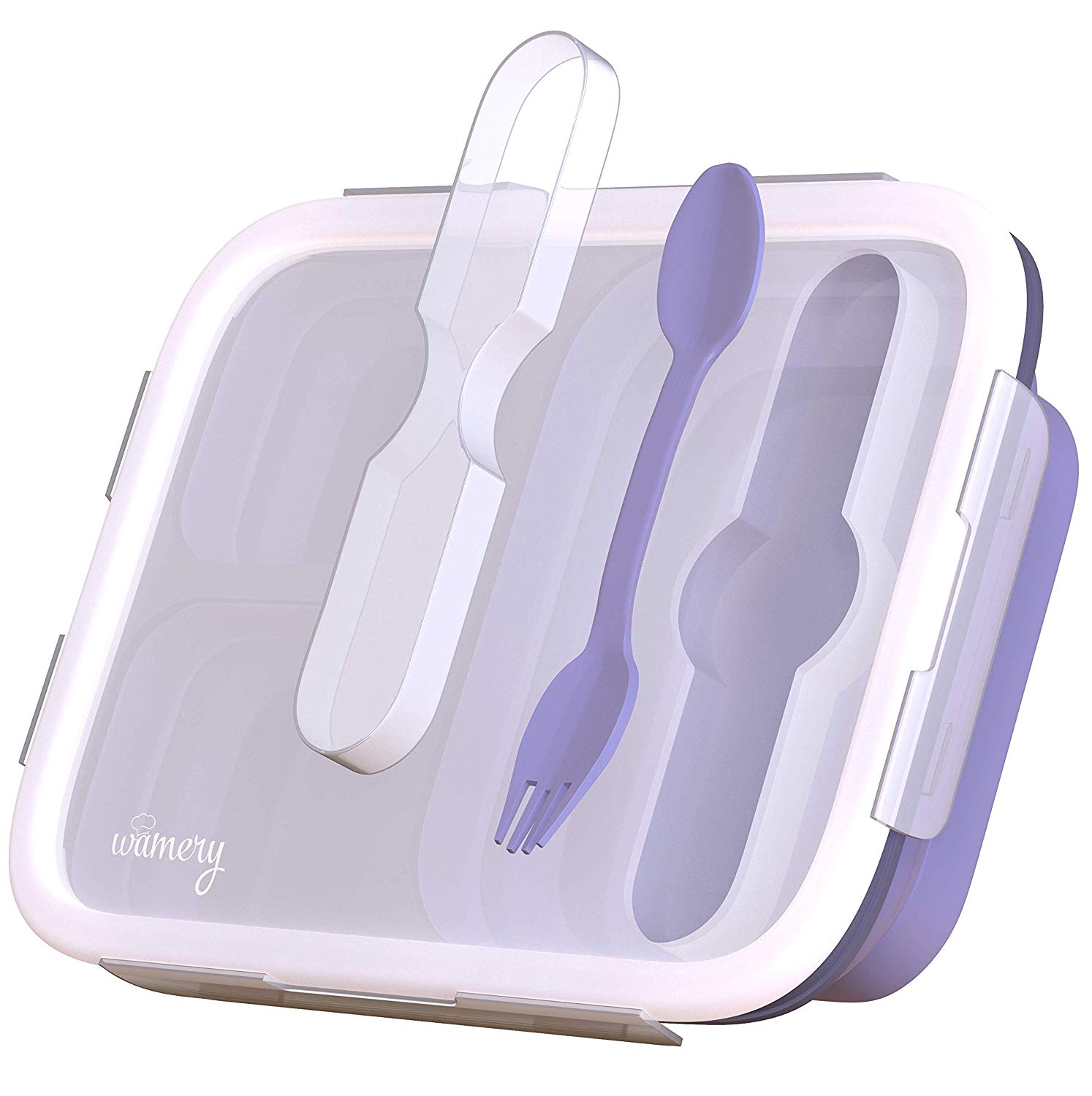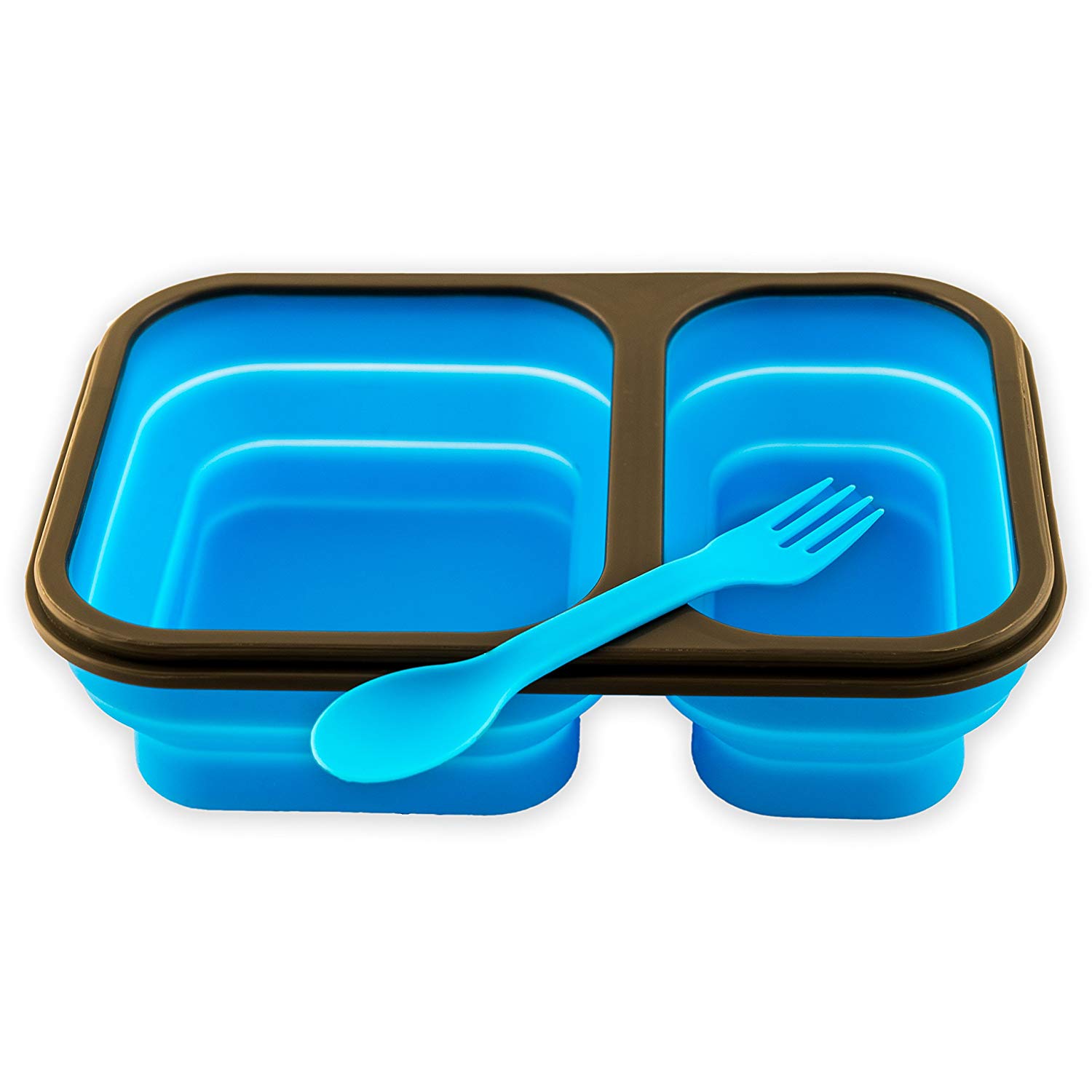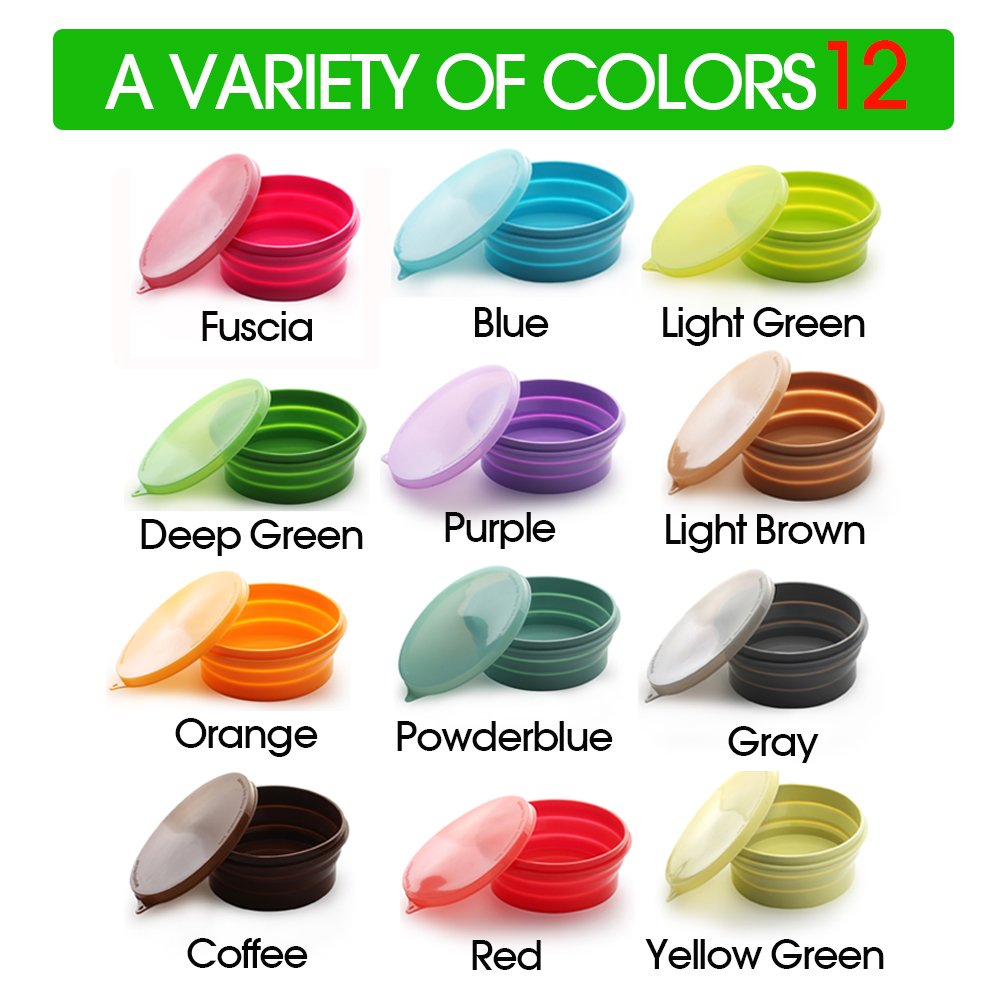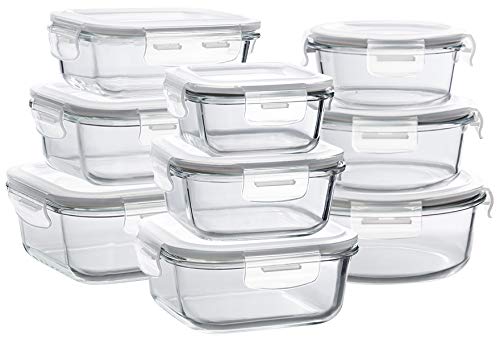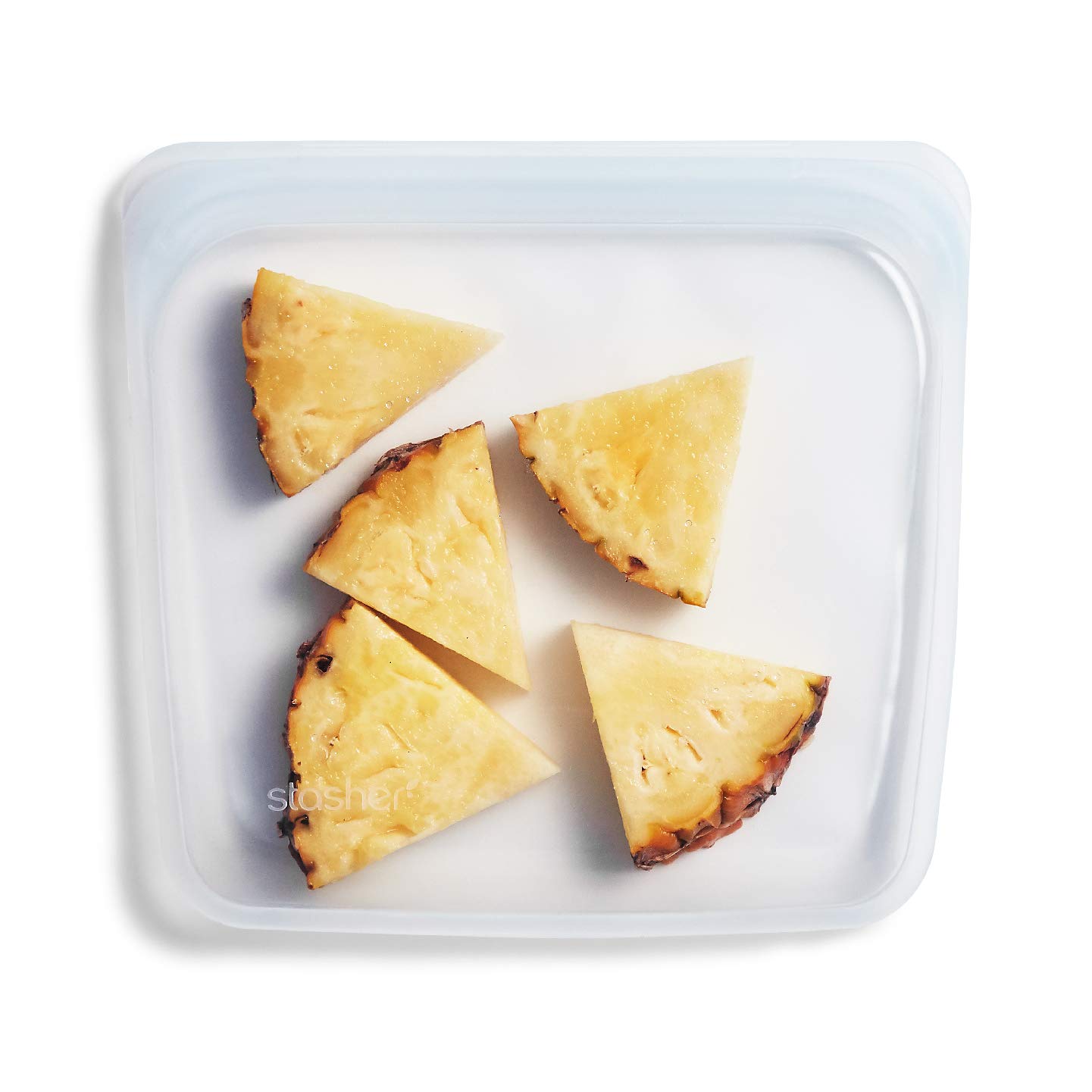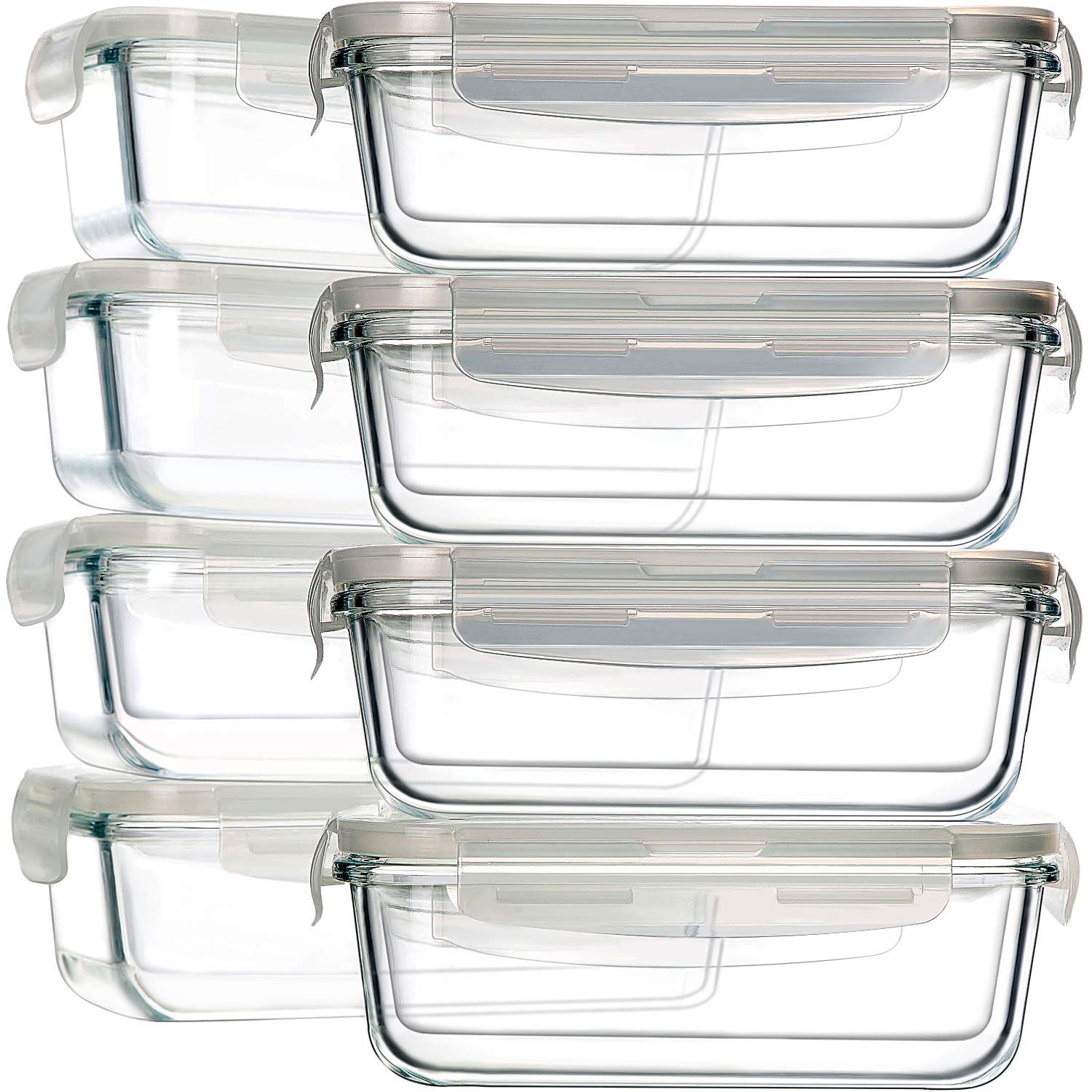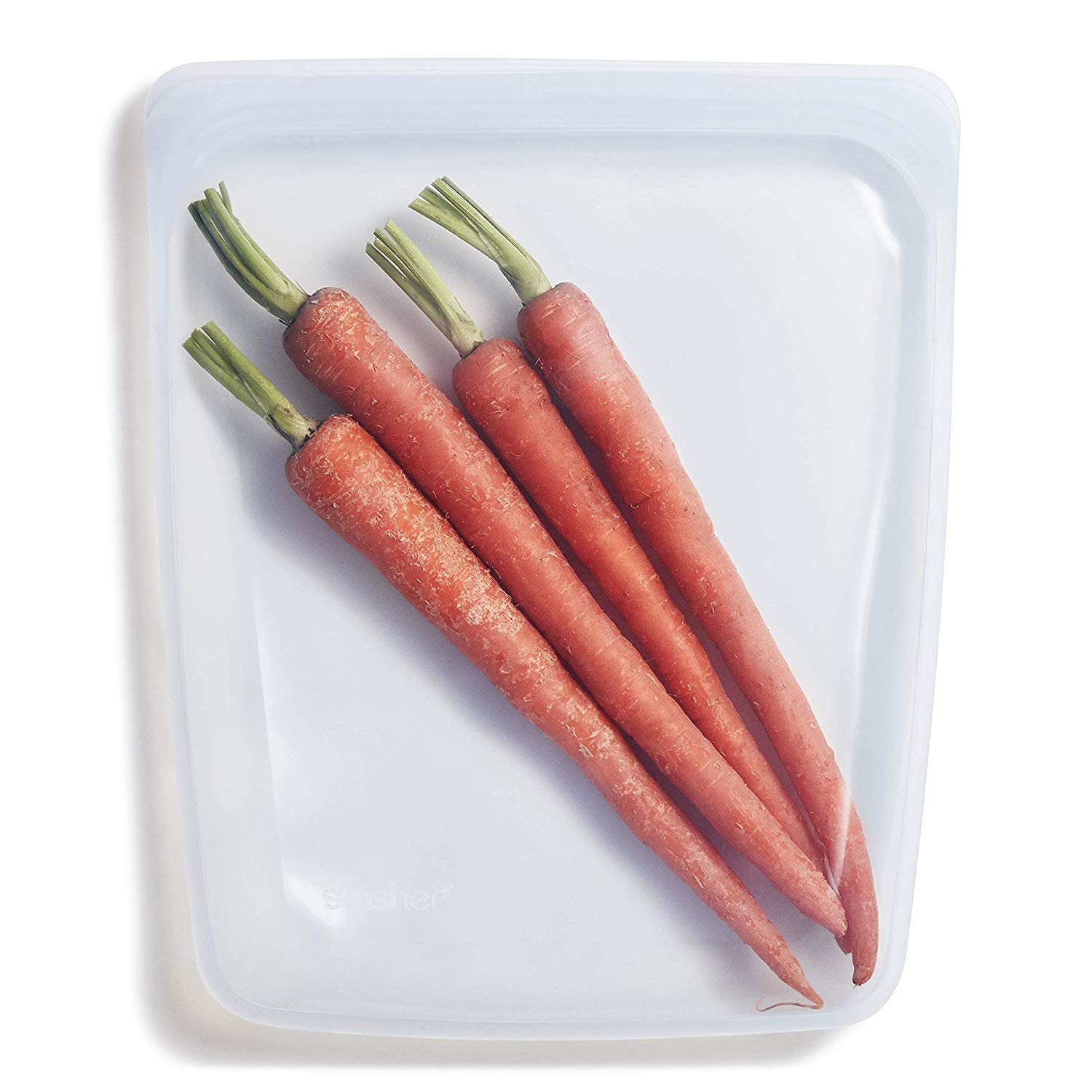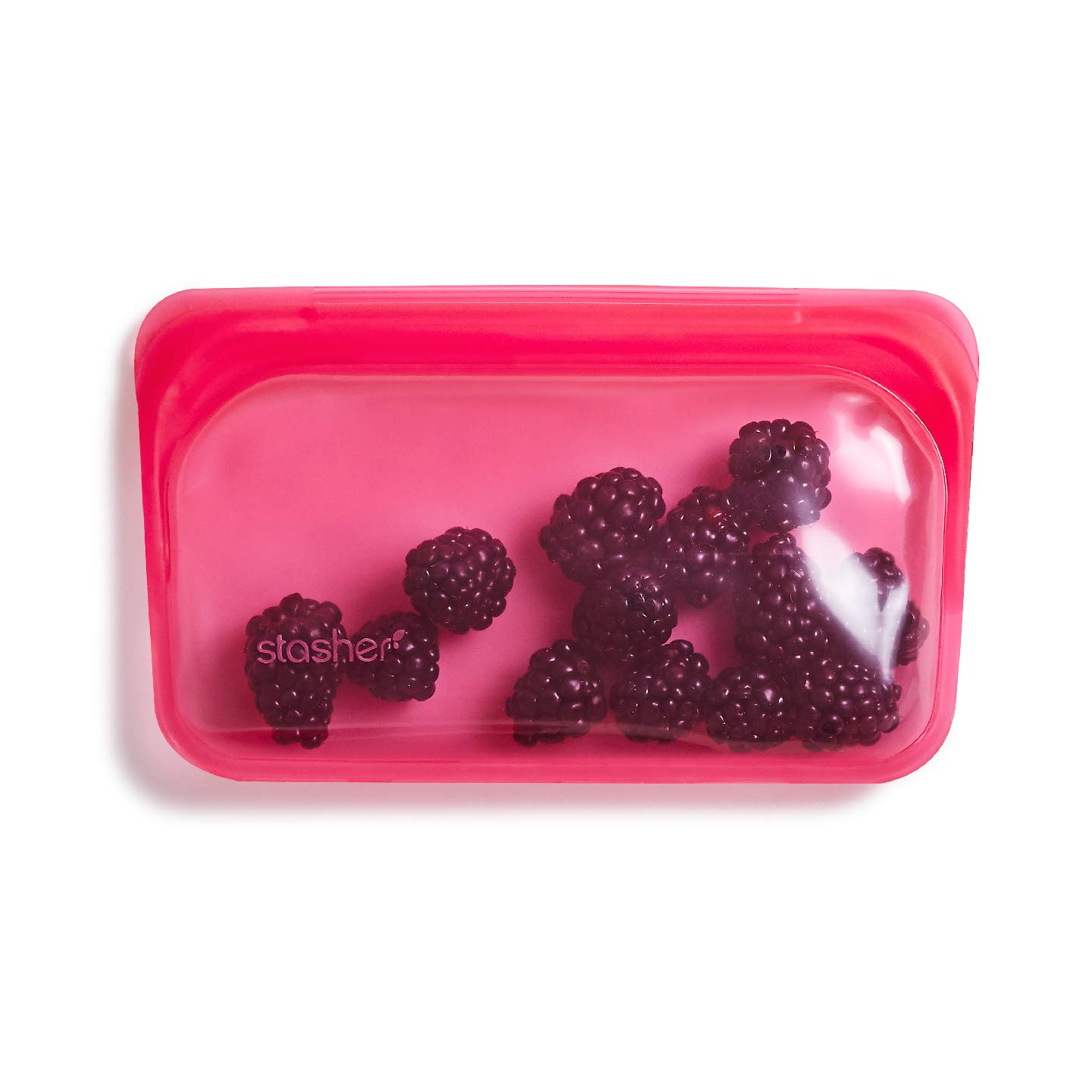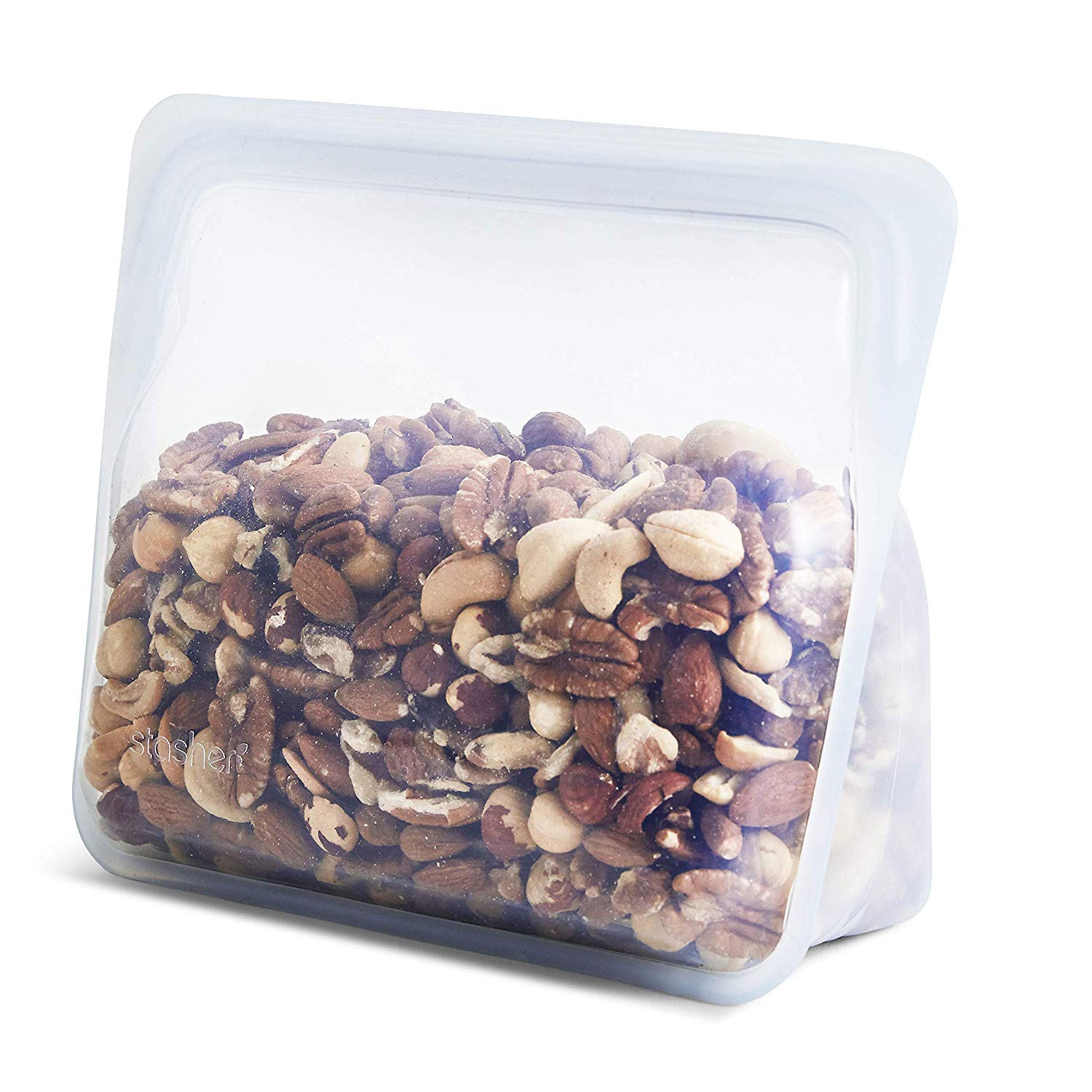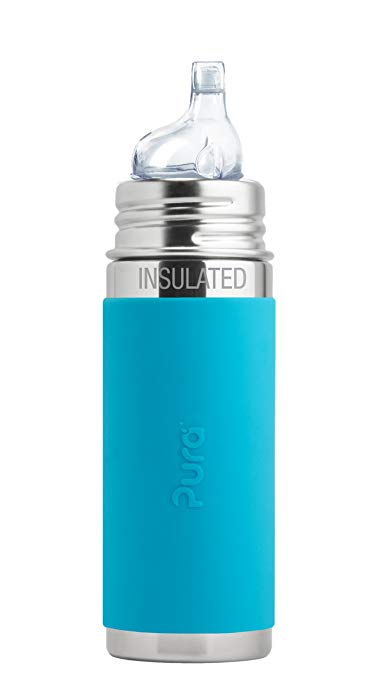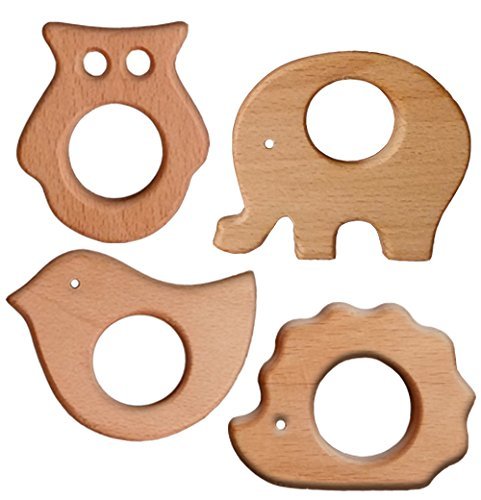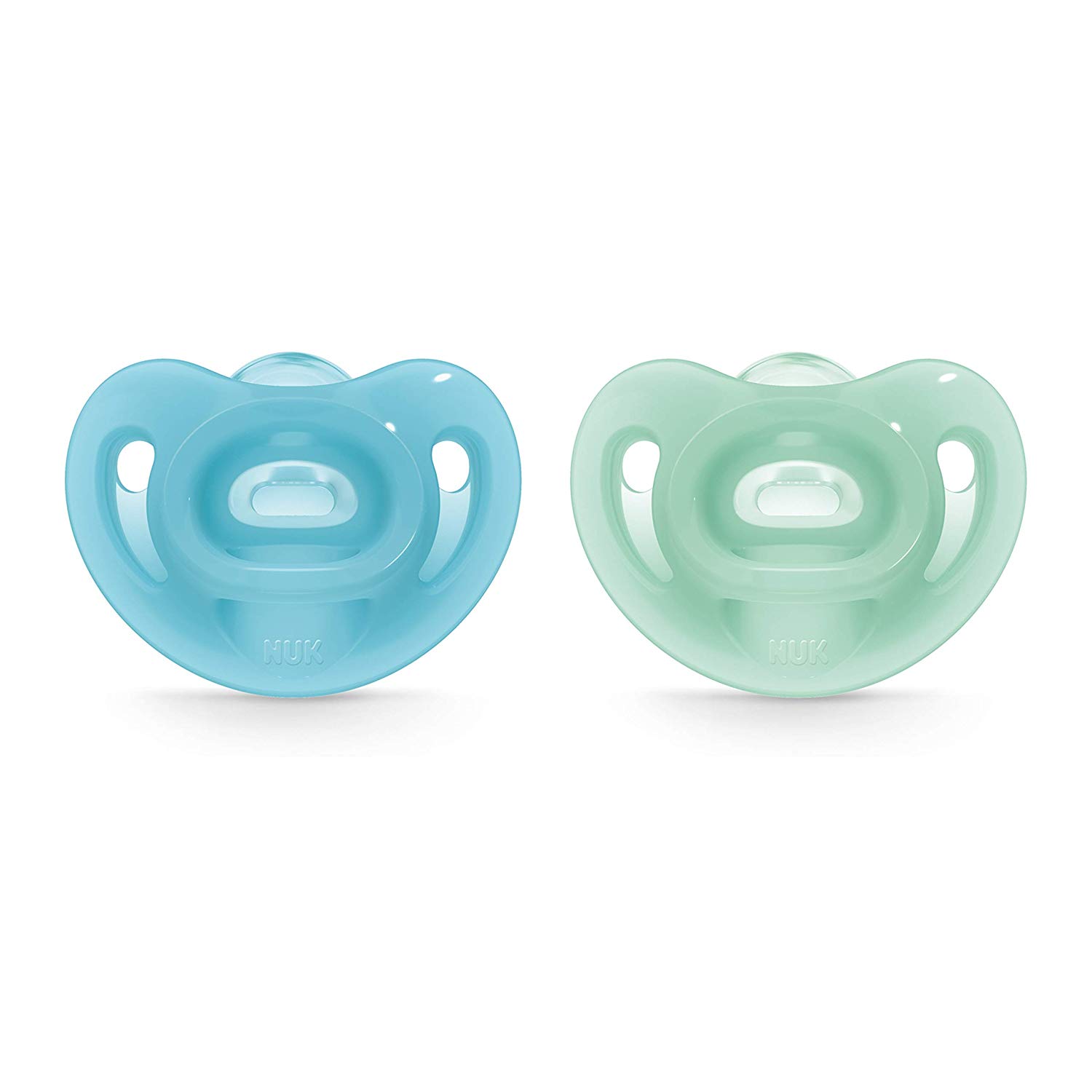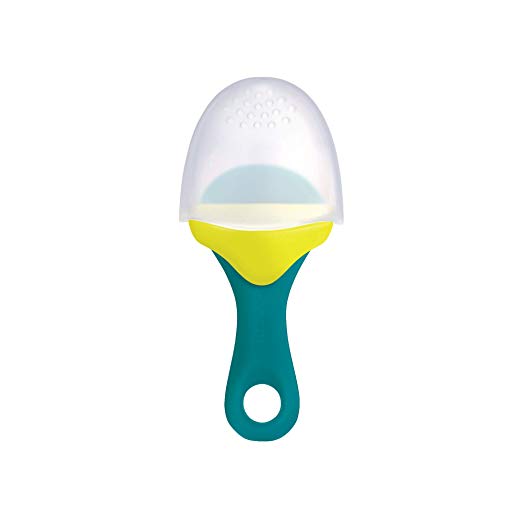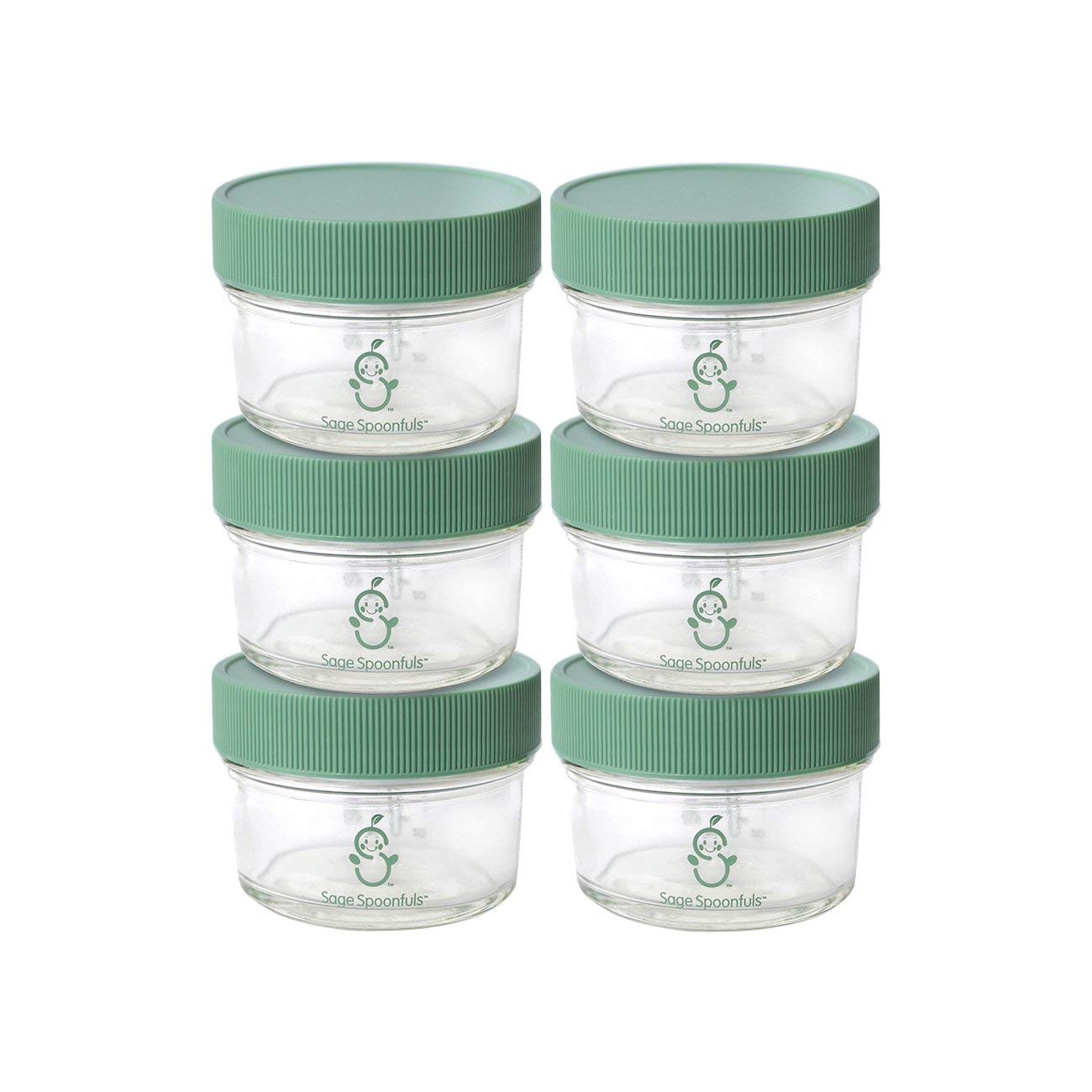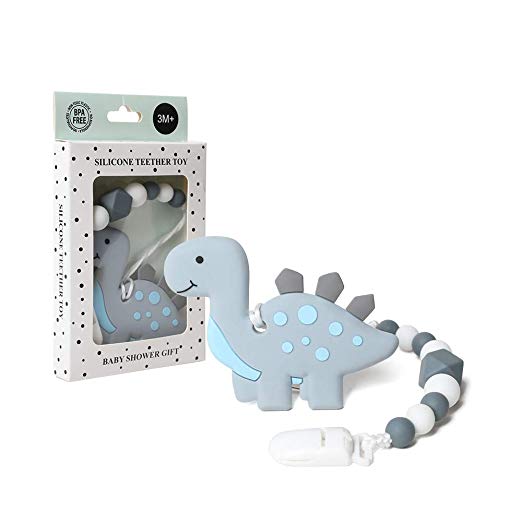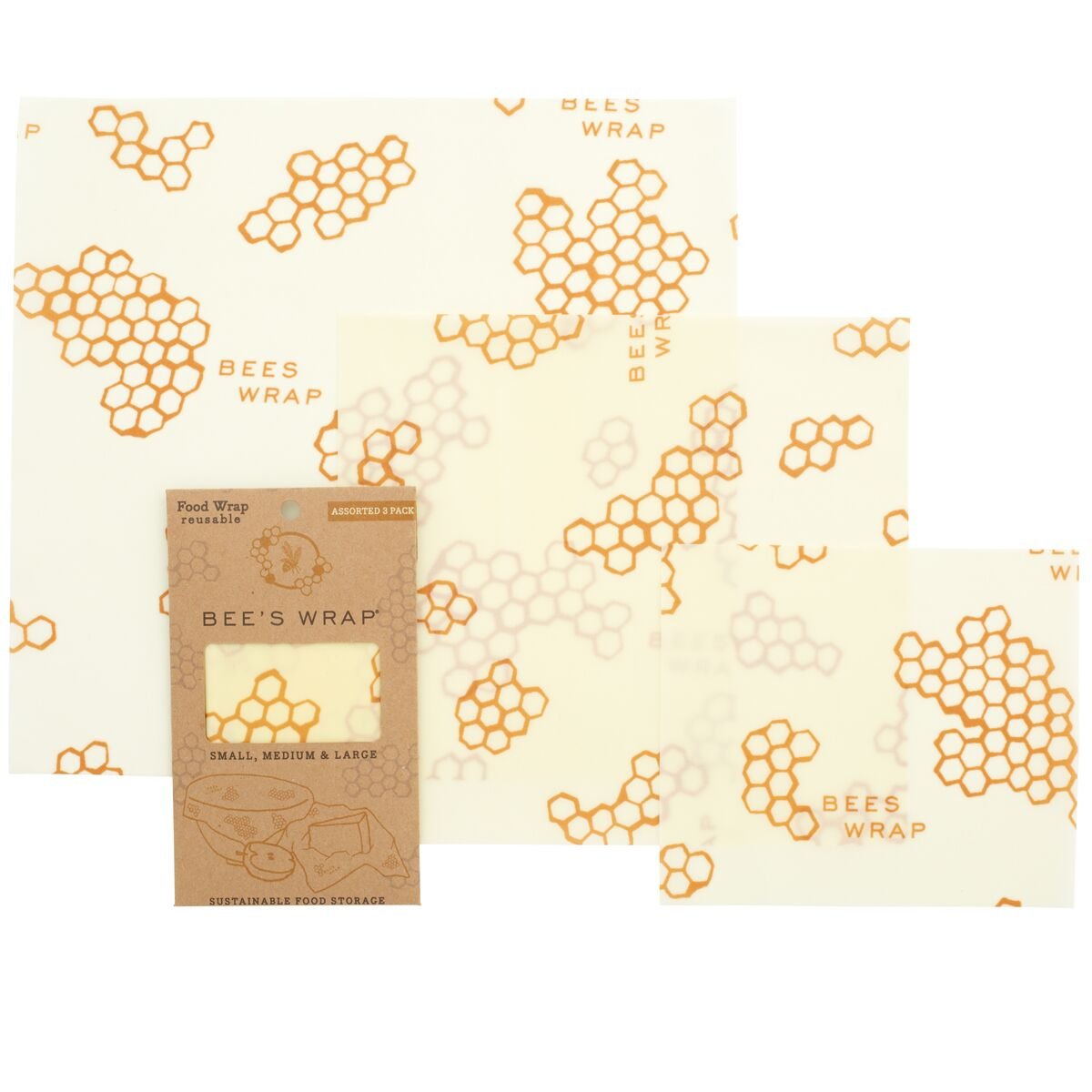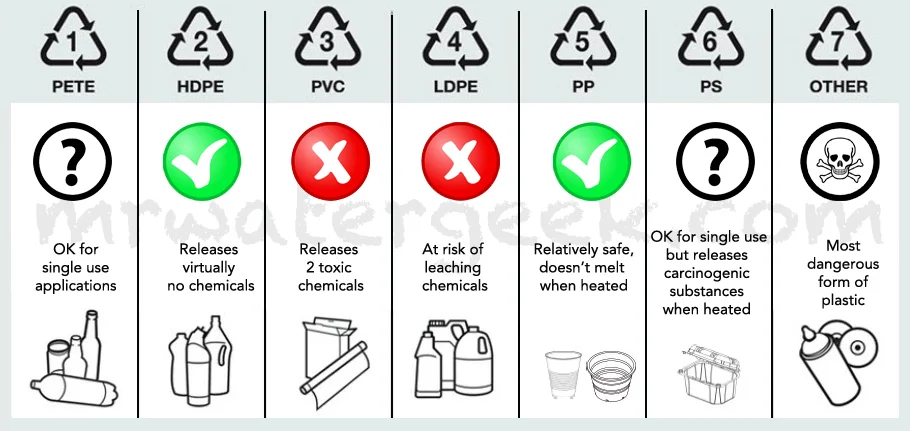Plastic Food Storage | About + Alternatives
By now we all know that plastic containers are not the best storage vehicle for food, definitely not if you are using them for reheating.
So what’s the deal? Is it just BPA? Why is it unsafe? What are ways you can still use plastic, and what are the alternatives? We discuss!
What Makes Plastic Unsafe?
Plastic is made of a mixture of substances, a lot of them being chemicals, a lot of the chemicals that make plastic playable and soft are the ones that are the trouble makers. There are all kinds of chemicals and plastic resins in everyday products (this deserves another post!) that we should try to avoid and use alternatives for, but here we’re focusing on food storage.
BPA, BPS, Phthalates and PVC are the terms you want to stay clear of.
BPA in general is the largest culprit, so its a great starting point.
Bisphenol-A / BPA
Shatter resistant and clear material.
Phthalates
Make plastic soft and flexible.
Bisphenol-S / BPS
A close cousin of BPA, and similar toxicity. It is what many (not all) manufactures are using instead of BPA in their 'BPA Free’ products! [how to avoid below].
PVC
The most unsafe. A known human carcinogen, known as the poison plastic . There is basically no safe way of producing it and it releases dioxins (most toxic) from start to finish of it’s life (it doesn’t really have an end of life, just its disposal). Also contains high level of phthalates. lead, vinyl chloride, lead and cadmium. Just like Bisphenol and Phthalates materials it is found in many everyday products, but with a focus on food storage a list is shared below.
In general they :
Are EDCs (Endocrine Disrupting Chemicals)
This means they interfere with hormone action in the body.
The endocrine system is one of the body’s main communication networks”- National Institute of Environmental Sciences
Can affect from the womb to early childhood onwards
Can mimic the role of body’s natural hormones, therefore disrupting the natural flow of things in your body
Mostly mimics estrogen
Can cause developmental problems.
Can cause infertility and other hormone related problems.
Can contribute towards cancer.
What Products - In Relation To Food Consumption - Are These Materials Found In?
Food storage containers
Baby bottles
Plastic Bottles
Drink Bottles
Teethers
Lining of food cans/containers
Food/Table Placemats
Lunchboxes [PVC especially in those zip up lunchboxes for kids.]
Microwave Food Covers
Straws
Food Wraps
What To Be Careful Of
They should be avoided in general. However, if you have them, be aware of the following practices:
Avoid any warmth.
Do not heat up the containers/products
Do not let it be in contact with you or food in warm temperatures
Avoid scrubbing them.
Scrubbing them while cleaning can help the chemicals leach into you and your food.
Clean with cold water.
New or 10 years old, it will leach the same chemical in warm temperatures, explains a study.
Try to buy water bottled in paper packaging.
Do not store acidic foods [tomatoes, citrus, vinegars, etc.] in plastics.
A great starting point and practice is avoiding the plastics that are labeled with plastic codes 1, 7, 3. [3 is found in a lot of medicine packets]. If you have to use plastics, try to stick to 2, 4, 5.
Definitely do NOT use single use plastics [even the microwave safe ones] that are for takeout food, and food packaging, more than once. Recycle them.
Due to their weak nature, they are also the types to create a surface/environment for bacteria to form.
What To Do | What Changes To Make
Move away from plastics as much as you can.
Use your own containers, try to carry them [collapsable silicone ones are great for commuters and on the go people].
Try to use these at delis and other takeaway places.
Talk to your local stores, email them, chat with them, and encourage them to use safer materials. If enough people create a buzz, they will be aware and supply for the demand.
adapt alternative materials
Use non reactive materials
Stainless steel
Ceramic
Glass
Food Grade Silicone.
Yes you can find alternatives for both adult and kids products in these materials. They are all non-reactive [yes, you can store acidic foods in stainless steel]. Stainless steel and silicone tend to be favorable options for kids or on the go as they are less likely to break.
SHOP ALTERNATIVES:
Environmental Factors
Of course, in addition to health, there’s is the major factor of the environment. Most plastics do not biodegrade and can also leach chemical and toxic materials into the environment. Which, full circle, then comes into our soils, waters, air, and food system.
It also ends up in our parks, trees, animals, oceans, lakes and ponds. Not only does this cause ugly garbage to float and remain among nature’s beautiful scenery, it also affects the eco-system. Everything is full circle so even the most selfish individual should consider this ;).
additional information
Found in Food Production Beyond Our Efforts
One small study found that even if a family ate food not sold or cooked in plastic containers [food was local, organic, fresh food delivered], their BPA and phthalate levels, when tested, were the same or above the baseline during the intervention. What does this mean? This means that not only are we exposed to these materials beyond just food storage containers, but also that a lot has to be done for us to rid these of our system. The study found that the ground coriander, and milk, in the participants diet also tested for high levels of these materials. This is because a huge effort has to be done even in the food production industry.
There is also the issue of bioaccumulation. While the studies that currently exist say that BPA has moderate ability to bioaccumulate and phthalates have a low tendency to bioaccumulate. Just to be clear bioaccumulation is the build up of a toxin over time in the system, and biomagnification is the concentration of a toxin increasing through ingestion. If an animal eats another animal or plant, it consumes those toxins and it multiplies as a result of domino effect.
Plastic Codes:
As explained in this post, avoid all plastics, but, 2, 4, 5, tend to be the most widely considered relatively safe. Every entity has different information, especially between 4 and 5. Photo: mrwatergeek.com
If you see a product mentioning PP Material, it means Polypropylene, which is generally considered safe and not considered to leach, but, as always, use with caution.
At ARISTOS we like to give a clear picture of where an issue stands.
Bottom line
Avoid plastics as much as possible, especially single use plastics. Both for health and environmental purposes. If you use them, [recycle them], choose accordingly from above’s recommendations, and definitely don’t heat or put acidic foods in them. With all the toxins we are exposed to today, try to minimize it. If you heat up food in plastic or use it once in a while, you will be okay, do not beat yourself up about it.


